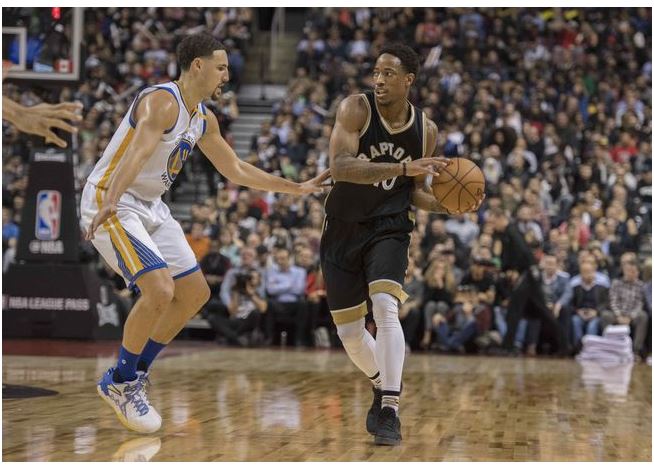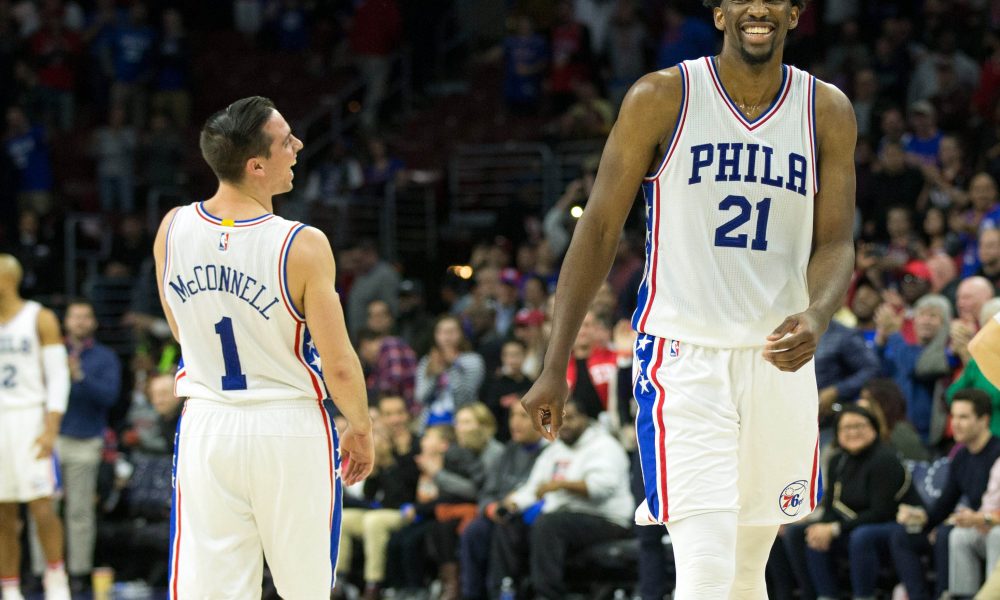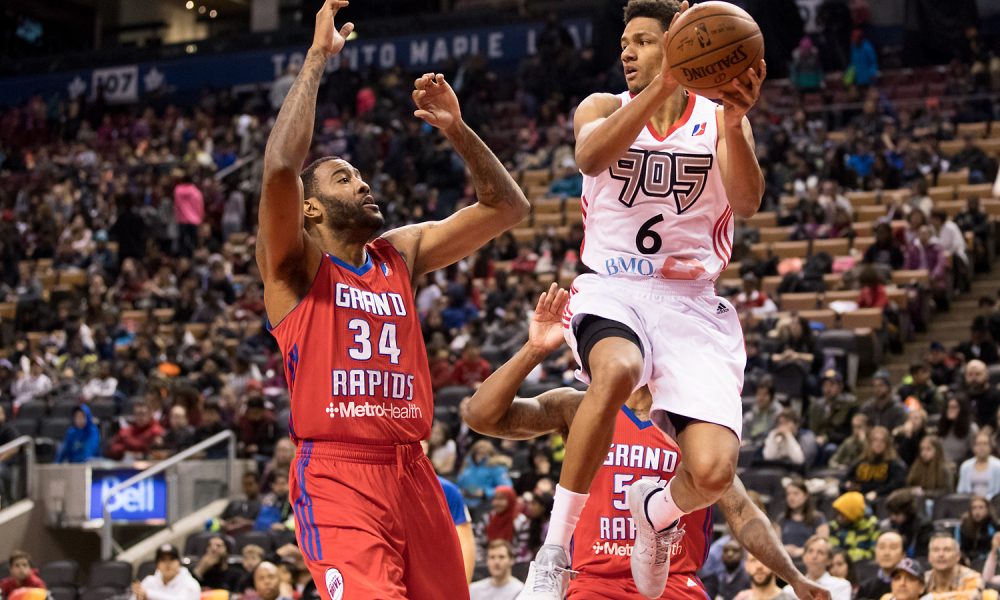Over at the Raptors Playbook YouTube channel (@RaptorsPlaybook on Twitter), I am breaking down the X’s & O’s of the Toronto Raptors every Wednesday. This week, we’ll focus on the Toronto Raptors Chin Pick & Roll. Watch the video embedded below alongside the summary written, and remember to follow and subscribe to never miss out on a video.
This pet play, used with regularity by the Toronto Raptors, comes out of the Princeton offense.
At its core, the play is a pick and roll with proper perimeter spacing and just enough movement to keep all off-ball defenders occupied.
Starting with a down screen for the eventual pick and roll ballhandler (often this is DeMar DeRozan, but during times when DeRozan is off the floor, Kyle Lowry will often assume DeRozan’s position), a catch is made above the break with the opposing defender trailing. A step up ball screen then follows, after the passer clears out to the strong side corner.
This triggers the play’s main action, a high ball screen, which allows the ballhandler to attack downhill against a backpedalling big-man, while off-ball defenders attempt to negotiate pick and roll responsibilities.
A small wrinkle that the Raptors like to deploy is having the initial ballhandler stay above the arc to set a double ball screen with the screen-setting big. This often comes after the Raptors have run the normal Chin Pick & Roll the previous possession. Theoretically, this action should force confusion, leading to a smaller defender switching onto an attacking DeRozan before he utilizes the second screen. However, anecdotally I have noted that the effectiveness of this wrinkle is not as effective as its predecessor. This could be for a variety of reasons, such as the defense adjusting and becoming familiar with the play the second or third time it is run, as well as the area above the arc becoming too densely packed with bodies now that the passer has not spaced out to the corner.
Examples of the double high-ball screen variation can be seen starting at 0:32 and 1:59.
Additionally, other small wrinkles to reduce monotony are present within the Raptors offense, such as at 1:44, when the Raptors employed a wide pindown for Terrence Ross after DeRozan received a pass above the arc.
The last variation of this play is a minute detail and has been sparingly used and can be seen starting at 2:28. Instances where the initial above-the-break passer exits to the weakside corner of the floor, where traditionally he would exit to the opposite corner, have popped up intermittently. This allows for a pseudo-snug pick and roll to be run after the main high-ball screen action bogs down. It’s difficult to tell effectiveness of this variation because it is deployed so infrequently, but it is a nice change of pace to keep defenders alert.



